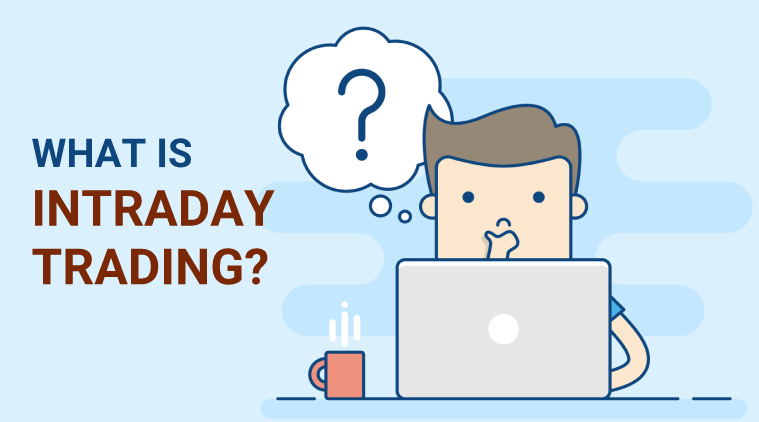Intraday Trading: The Basics & How To Get Started Fast

Intraday Trading Meaning
Intraday trading is when traders buy and sell stocks within a single trading session. The position is squared off by the end of the day, and the trader cannot carry forward the position to the next day. If the trader does not close the position by themselves the brokers automatically square off the position.
Basics Of Day Trading
Share market trading involves analysis of the price movement, whereas investing is not based on the price movement but the financial health of the company. This is why, while investing, people prefer performing fundamental analysis of the company, and while trading, traders prefer technical analysis.
Some of the top indicators used to analyse the price movement are:
-
Moving Averages
Traders who have been part of the trading community would already be using moving averages. Those who are new to this segment must know that it is one of the most important indicators to predict price movement. When the traders apply Moving averages on the chart, it forms a line. This line depicts the average closing price of the stock. By analyzing this line, it becomes easy to predict the upside or downside movement of a particular stock.
-
Bollinger Bands
Bollinger Bands are an upgraded version of moving averages. They inform the inventors about the lows and highs of the average closing price. In short, Bollinger bands tell about the volatility in the market. If the gap between both the bands is getting wider then the stock is getting more attention from traders, and the volatility increases.
-
Relative Strength Index (RSI) And Other Oscillators
Oscillators help traders understand the market sentiments and emotions. Oscillators inform whether traders are more on the selling side or the buying side. Majorly the traders use oscillators to figure out the oversold and overbought zone of the price.
These were some of the top indicators and oscillators a beginner would require to perform intraday trading. However, beginners should know that indicators are just a tool based on past performances. They are not 100% correct, the market sentiments can change at any moment. Traders need to know their best trading style and technique and they should practice only the one, which they are comfortable with.
Strategies Used By Intraday Traders
- Scalping: Under this strategy, traders earn by trading on both sides with small margins. Traders scalp the long position when the stock is near the support zone, and go short when it is near the resistance. A Scalper does the same practice multiple times a day by keeping a shorter profit margin.
- Range Trading: It is similar to scalping. Under this trading technique, the trader takes long and short positions depending upon the support and resistance levels daily.
- News-based: As we all know how deeply, the volatility of the financial markets is dependent upon the media. Media controls the market sentiments and emotions and the traders take advantage of the news to take positions.
These were some of the basic trading techniques which are generally used by an intraday trader. There are more intraday trading techniques that a trader can deploy to earn profits. Traders need to know that trading is a skill, which has to be mastered. Successful traders do not use multiple techniques but one or two which they master. This strategy fetches them good profits in the long run.
Guide For Intraday Traders
- Beginners need to begin with opening a Demat and trading account. To open a Demat account, you need to bear Demat account opening charges.
- Do not confuse intraday trading with normal trading. Intraday needs discipline and patience. Discipline to handle money and patience to have a conviction on the position.
- Never trade against the trend. Always try to catch the institutional investors’ wave in the market.
- Never trade without a stop loss. Especially, while doing intraday trading, placing a stop loss is very important.
- Never use more than one/tenth of the capital for a single trade. Even if you lose one/tenth of the capital, the leftover capital can be used to recover the loss.



